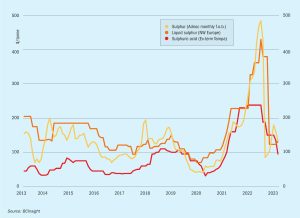
Market Outlook
Chinese domestic sulphur supply growth remains strong. Production is expected to rise in 2023, putting pressure on import demand potential. In 2022 total imports were 7.6 million tonnes, with a stable view for the year ahead.

Chinese domestic sulphur supply growth remains strong. Production is expected to rise in 2023, putting pressure on import demand potential. In 2022 total imports were 7.6 million tonnes, with a stable view for the year ahead.
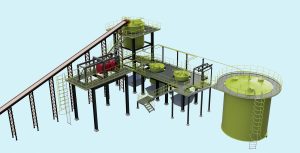
Sulphurnet discusses the importance of a whole life cycle cost analysis at the conceptual design phase when making investment decisions about new sulphur processing facilities.

Continuing growth in energy uses indicate robust demand for methanol over the coming years, but the current slate of new projects does not look sufficient to meet it. Is methanol approaching a supply crunch?

Market Insight courtesy of Argus Media. Urea: The market remained weak at the start of the year with urea prices falling as producers fought for liquidity. Egyptian product fell by $40/t to $495/t f.o.b. in a matter of days, while f.o.b. prices in the Middle East and southeast Asia similarly fell to around $440/t. Urea prices in many end-user markets also slumped: US prices fell over the course of the first week of January by $30/t, Brazil by $15/t and many European markets by around $20/t.

Yara International is to supply fossil-free fertilizers to El Parque Papas, Argentina’s largest potato grower, in 2023.
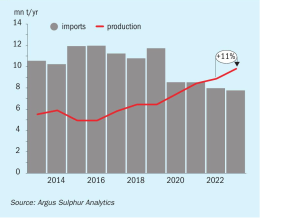
Meena Chauhan, Head of Sulphur and Sulphuric Acid Research, Argus Media, assesses price trends and the market outlook for sulphur.
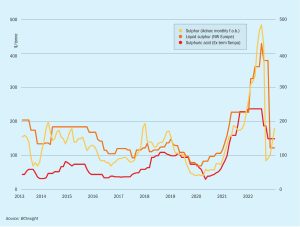
Processed phosphates pricing will be a major influence in the coming months. A gap remains between historical levels of sulphur and DAP pricing that points to the potential for sulphur prices to recover to higher levels during 2023.
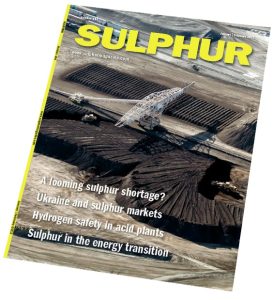
It has long been known that sulphur dioxide aerosols can reflect sunlight back into space. On a large scale, this has tended to come from volcanic eruptions. The explosion of the island of Krakatoa in 1815 led to the following year, 1816, becoming known in Europe as ‘the year without a summer’. More recently, it is estimated that the eruption of Mount Pinatubo in the Philippines in 1991, the second largest eruption of the 20th century, sent around 18 million tonnes of SO2 into the stratosphere. Temperatures in the troposphere – the atmospheric layer closest to the earth – dropped by about 0.5°C as a result for about two years afterwards.
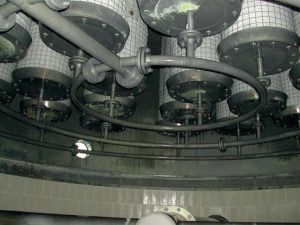
When candle filter mist eliminators installed in the absorption towers in sulphuric acid plants are not sufficiently wet, problems can occur such as free SO3 at the stack, NOx issues and emission non-compliance. Begg Cousland Envirotec discusses how these problems can be overcome by the installation of an annular wetting ring solution.
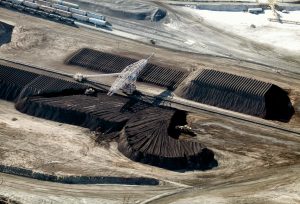
Last year saw global trade in all commodities have to take into account the potential loss of supply from Russia, a key exporter of many commodities. Sulphur was no exception, with prices swinging wildly across the year.